What order does skincare go in? Start with cleanser, followed by toner, serum, moisturizer, and sunscreen for optimal results.
When it comes to skincare, understanding the right order to apply products can make all the difference in achieving a radiant, glowing complexion. With so many serums, cleansers, and creams on the market, it’s easy to feel overwhelmed by the process.
But layering your skincare in the proper sequence ensures that each product works its magic effectively. So, whether you’re aiming to hydrate, treat acne, or target wrinkles, following the right skincare routine order is key to unlocking your skin’s full potential. Let’s dive into the perfect skincare regimen for healthy, glowing skin!
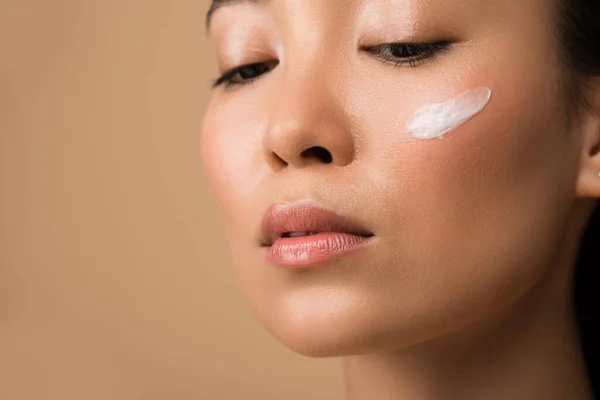
Table of Contents
ToggleWhat Order Does Skincare Go In
To achieve the best results, the ideal order for skincare is: cleanser, toner, serum, eye cream, moisturizer, and sunscreen. This sequence helps maximize product absorption and ensures your skin reaps the full benefits of each step.
Always apply lighter products first and heavier ones later. Your morning and night skincare routines may vary slightly, but the core sequence remains similar.
Cleanse and Tone First
Start with a cleanser to remove impurities like oil, dirt, and makeup, which helps unclog pores. This step is crucial because clean skin allows other products to absorb more effectively. Follow with a toner to balance your skin’s pH and prep it for the next steps.
Toners, especially those with hydrating ingredients like glycerin or hyaluronic acid, can refresh and nourish the skin. Using a toner also helps remove any remaining debris, setting the stage for the next steps.
Treat with Serums and Eye Creams
Next, apply a serum tailored to your skin concerns. Serums are concentrated formulas with active ingredients like vitamin C, retinol, or niacinamide that target specific issues like acne, hyperpigmentation, or fine lines.
After your serum, use an eye cream to hydrate and protect the delicate skin around your eyes, which is prone to dryness and signs of aging. Eye creams with ingredients like caffeine can reduce puffiness, while those with peptides help with firmness.
Moisturize and Protect
Now, lock in all that hydration with a moisturizer. Whether you have dry, oily, or combination skin, moisturizing is essential to maintain your skin’s moisture barrier.
For daytime, follow up with a broad spectrum sunscreen with at least SPF 30 to protect your skin from harmful UV rays, which can cause premature aging, sun damage, and even skin cancer. At night, skip the sunscreen and opt for a richer night cream to aid skin repair.
Adjust for Morning and Night
Your morning routine should focus on protection, starting with cleansing and ending with sunscreen. The night skincare routine, however, prioritizes repair. This is when you can use more potent ingredients like retinoids or AHAs to boost skin cell turnover and address deeper skin issues like dark spots or wrinkles.
Consistency is Key
No matter your skin type dry, oily, or combination maintaining the right order in your skincare routine ensures you maximize the benefits of each product. Consistency is crucial for seeing long term improvements in your complexion. Regularly following this routine will keep your skin healthy, glowing, and youthful.
Understanding Your Skin Type
Identifying your skin type is crucial for maintaining healthy skin. The four main types include oily skin, dry skin, combination skin, and sensitive skin. Each type requires a unique approach to skincare.
Oily skin often looks shiny and feels greasy, especially in the T zone (forehead, nose, and chin). Dry skin feels rough or tight, often flaking or peeling. Combination skin is oily in certain areas but dry in others. Sensitive skin tends to react to products, causing redness, itching, or irritation.
Identifying Skin Types
To determine your skin type, start by washing your face and waiting an hour without applying any products. If your skin feels greasy, you likely have oily skin. If it feels tight or flaky, you may have dry skin.
If your T zone is oily but your cheeks are dry, you have combination skin. If your skin becomes red or irritated easily, you likely have sensitive skin. Understanding these signs helps you choose the right skincare products.
Importance of Understanding Your Skin Type
Knowing your skin type is essential for selecting the best products. For example, oily skin benefits from oil free moisturizers and salicylic acid. Dry skin needs hydrating creams with hyaluronic acid.
Sensitive skin requires fragrance free and gentle formulas. Using the wrong products can cause breakouts, dryness, or irritation.
Tailoring Your Routine
Customizing your skincare routine based on your skin type is key. Oily skin benefits from lightweight, mattifying products. Dry skin thrives on rich, hydrating creams.
Combination skin needs a balanced routine, addressing both oily and dry areas. Sensitive skin requires hypoallergenic, soothing products. Tailoring your skincare ensures optimal results.
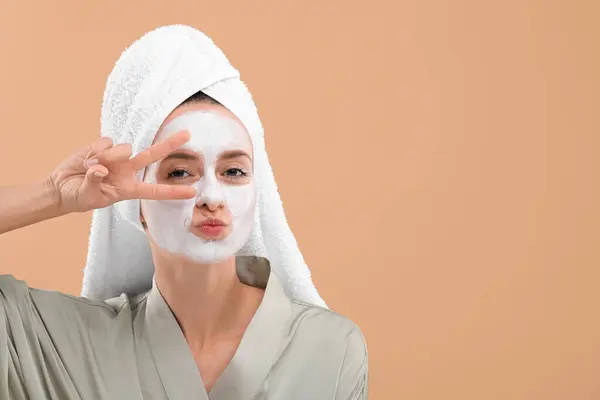
Morning Skincare Routine
A proper morning skincare routine is essential to maintain healthy, glowing skin throughout the day. Each step plays a crucial role in prepping and protecting your skin for the day ahead. Here’s a step by step guide for the perfect daytime skincare regimen.
Cleanser
Cleansing is the first and most important step in any morning skincare routine. It removes overnight impurities, oil, and sweat that accumulate while you sleep.
Using a gentle cleanser in the morning helps create a clean canvas for the rest of your skincare. Choose between gel, foam, or cream based cleansers, depending on your skin type. For a quick cleanse, micellar water works well.
Toner
Toners help balance your skin’s pH and prepare it for the next steps. A hydrating toner keeps moisture levels high, while an exfoliating one can gently slough off dead cells. For sensitive skin, a soothing toner calms irritation and redness.
Serum
Serums are packed with active ingredients that target specific skin concerns. Incorporating a vitamin C serum brightens the skin, while hyaluronic acid delivers intense hydration. For oily or acne-prone skin, niacinamide works to minimize pores and control oil.
Eye Cream
The delicate skin around your eyes requires special attention. A good eye cream helps reduce puffiness, dark circles, and fine lines. Look for key ingredients like peptides to boost collagen, caffeine to reduce swelling, and hyaluronic acid to hydrate.
Moisturizer
Lock in moisture to keep your skin soft and hydrated throughout the day. Day creams are lightweight and perfect for layering under makeup, while gel moisturizers suit oily skin types. No matter your skin type, hydration is essential in your daytime skincare routine.
Sunscreen
Never skip sunscreen in the morning! SPF shields your skin from harmful UV rays and prevents premature aging. Even indoors, sunscreen protects against blue light from screens. Choose between mineral sunscreens, which physically block UV rays, or chemical sunscreens, which absorb and neutralize them.

Evening Skincare Routine
An effective nighttime skincare routine is key for healthy, glowing skin. Here’s a step by step guide to a perfect evening skincare regimen.
Double Cleanse
Start with a double cleanse, crucial for makeup wearers. Use a cleansing oil or balm to remove impurities and waterproof makeup. Then, follow up with a gentle water based cleanser. This method ensures deep pore cleansing and preps your skin for the next steps.
Exfoliate (2-3 Times a Week)
Exfoliation helps remove dead skin cells, but balance is key. Choose between chemical exfoliants like AHAs and BHAs or physical exfoliants. Avoid over exfoliating to protect your skin barrier. Stick to 2 3 times a week for best results.
Toner
Use a hydrating or soothing nighttime toner to restore pH balance. This step preps your skin for treatments and helps in skin repair overnight.
Treatments (Acids, Retinol, Actives)
Introduce targeted treatments like AHAs, BHAs, or retinol to address concerns such as acne, wrinkles, or hyperpigmentation. Always layer carefully to avoid irritation and maintain the skin’s moisture.
Serum
Nighttime is ideal for applying serums with hyaluronic acid, niacinamide, or anti aging peptides. These serums hydrate, plump, and repair your skin while you sleep.
Eye Cream
Don’t skip your eye area. Use a retinol eye cream or a deeply hydrating formula to reduce fine lines, puffiness, and dark circles.
Night Cream or Sleeping Mask
Finish with a rich night cream or a sleeping mask. These products lock in moisture and boost skin hydration while you sleep, ensuring you wake up with glowing, rejuvenated skin.
Weekly Additions to Your Routine
Face Masks
Incorporating face masks into your weekly skincare routine can dramatically improve your skin’s texture and appearance. There are two main types: hydrating masks and detoxifying masks. Hydrating masks work to boost moisture, leaving your skin plump and dewy.
Detoxifying masks, often featuring clay or charcoal, are ideal for clearing out pores and absorbing excess oil. How often you use a face mask depends on your skin type. Dry skin benefits from 1 2 hydrating masks a week, while oily or acneprone skin can handle more frequent detoxifying masks.
Exfoliating Treatments
Exfoliation is key to removing dead skin cells and promoting cell turnover. There are several types of exfoliators, including chemical peels, scrubs, and enzyme exfoliators. Chemical exfoliants like glycolic or lactic acid help brighten the skin and even out the complexion.
Scrubs offer physical exfoliation, but be cautious with sensitive skin. Enzyme exfoliators, which use fruit based enzymes, are gentle yet effective for smooth skin. Aim to exfoliate 1 3 times a week, depending on your skin’s needs.
Facial Oils
Adding facial oils to your routine can enhance skin hydration and provide essential nutrients. Oils like argan oil and rosehip oil are known for their ability to nourish the skin, reduce inflammation, and support skin barrier health.
Layering facial oils is simple
apply them after your moisturizer to lock in hydration or mix a few drops into your favorite cream for a boost. These oils work best for dry or mature skin but can benefit all skin types when used correctly.
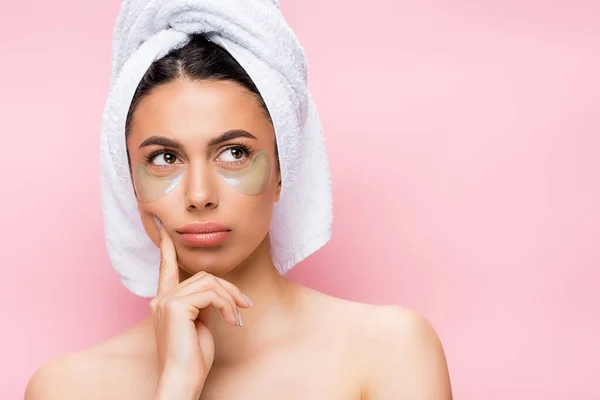
FAQs
Why does the order of skincare products matter?
The order matters because applying products in the wrong sequence can make them less effective. For example, a heavier moisturizer might block the absorption of a lightweight serum. Layering from thinnest to thickest helps maximize the benefits of each product.
Should I apply serum before or after moisturizer?
Serums should be applied before moisturizer. Serums are typically lightweight and contain high concentrations of active ingredients. By applying them first, they can deeply penetrate the skin. Moisturizers, which are thicker, help to seal in the serum’s ingredients.
Where does sunscreen fit into my skincare routine?
Sunscreen is always the last step of your morning routine. After cleansing, toning, applying serum, and moisturizing, finish with sunscreen to shield your skin from harmful UV rays. Never skip this step, even on cloudy days or when staying indoors.
Do I need a different skincare routine for morning and night?
Yes, it’s generally recommended to have a separate routine for morning and night. In the morning, the focus is on protection (like sunscreen), while at night, the focus is on recovery and treatment (such as retinoids or rich moisturizers).
Should I use toner before or after serum?
Toner comes after cleansing and before serum. Toners help to remove any leftover impurities and balance your skin’s pH, prepping your skin to absorb serums and treatments more effectively.
Can I skip steps in my skincare routine?
Yes, it’s okay to simplify your routine based on your skin’s needs. For example, if your skin feels hydrated, you might skip toner or if you’re in a rush, focus on cleansing, moisturizing, and applying sunscreen. The key is consistency with core steps like cleansing and sun protection.
Can I mix and match products from different brands?
Yes, you can mix products from different brands as long as they are suitable for your skin type and concern. However, avoid overloading your routine with too many active ingredients at once, which can irritate your skin.
Is there a specific order for using exfoliants?
Exfoliants should be used after cleansing but before serums or moisturizers. If you’re using a physical exfoliant or chemical exfoliant (like AHA or BHA), apply it after cleansing, and then follow with your serum and moisturizer. Don’t exfoliate daily 2 3 times per week is often enough.
What if I’m using treatments like retinol or acne medication?
Treatments like retinol or prescription acne medications should be applied after cleansing and before moisturizing. Use them in the evening, as many such treatments can make your skin more sensitive to the sun.
Conclusion
In conclusion, following the correct order for skincare ensures that each product is absorbed properly and delivers maximum benefits. The general rule is to start with cleansing, followed by toning, applying serums, treating specific concerns, moisturizing, and finishing with sunscreen during the day.
Understanding this sequence not only enhances the effectiveness of the products but also promotes healthier, more radiant skin. Sticking to this routine can help address a variety of skin issues, from hydration to anti aging, by layering products strategically for optimal results.
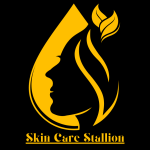
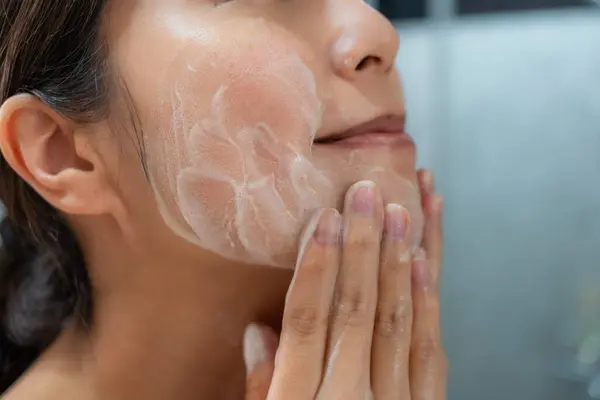
This is very useful information.